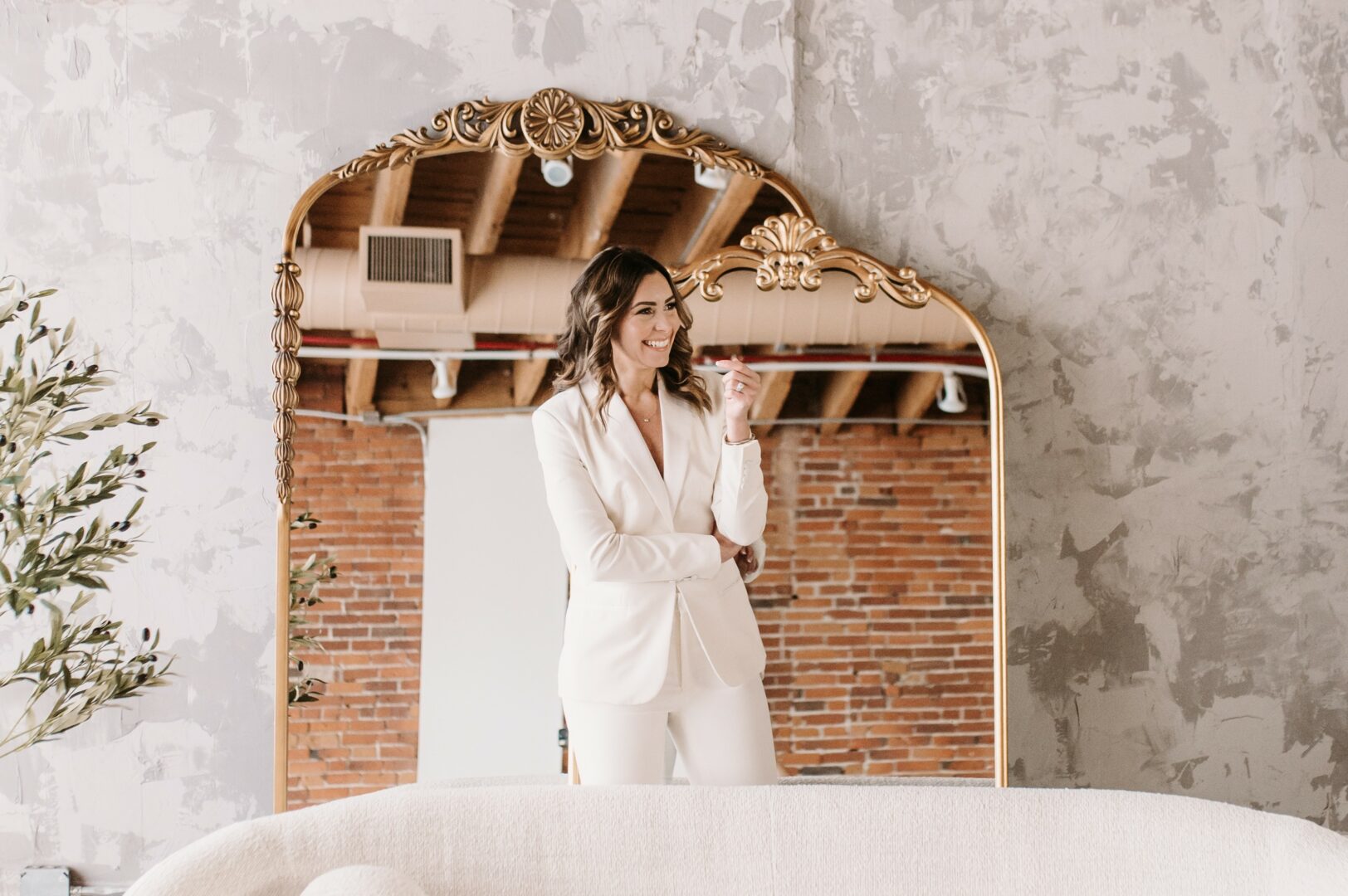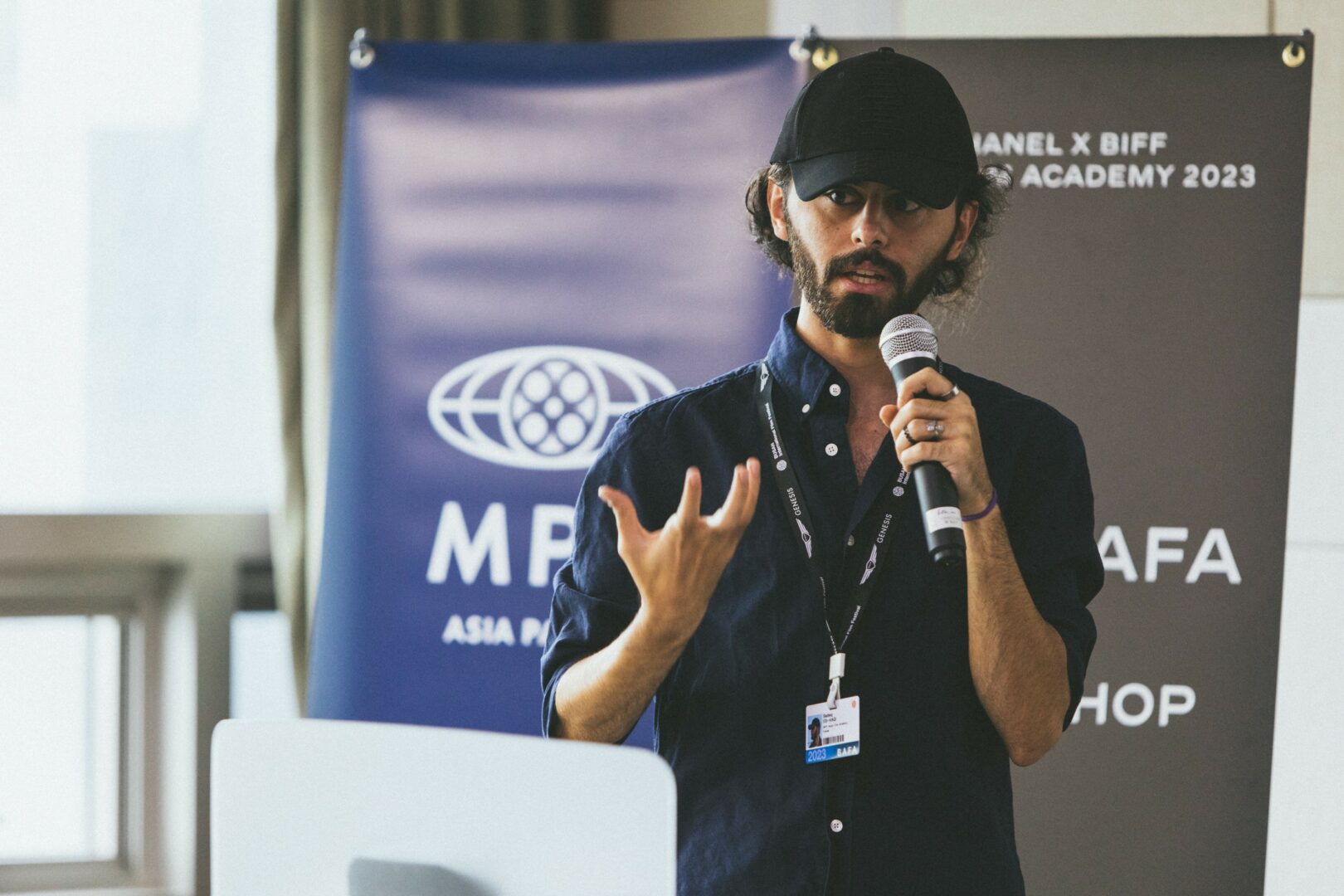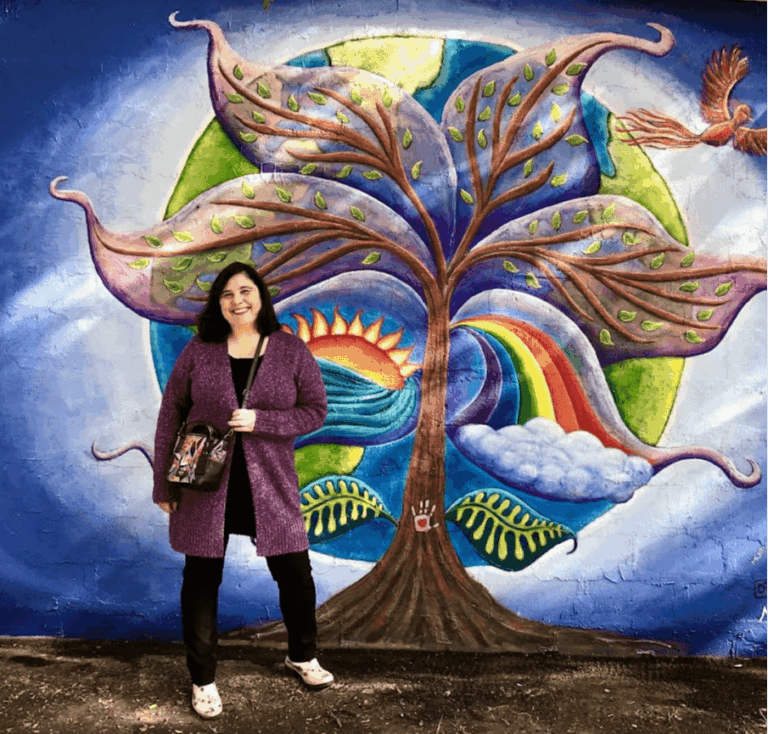We caught up with the brilliant and insightful Bill Janssen a few weeks ago and have shared our conversation below.
Bill , thank you so much for taking the time to share your lessons learned with us and we’re sure your wisdom will help many. So, one question that comes up often and that we’re hoping you can shed some light on is keeping creativity alive over long stretches – how do you keep your creativity alive?
How do you keep my creativity alive? It’s daunting to stare at a blank piece of paper, whether crafting a painting or working with words. The literal blank canvas of my life. I recollect the images, scenes, people and situations from my life and bring that, with quiet focus, to my work. Next comes hope. I want, I HOPE to craft a satisfactory image. Satisfaction in that I’m pleased with the outcome and then, in turn, perhaps others will be pleased as well.
Then comes the hard part: to begin, to continue, then to begin again. I lose myself in my thinking so I regain my touch, my sense, of the brush. Paint to paper. I know creativity, if we choose to call it that, can be elusive but that unspoken ‘sense’ where I know ‘creativity’ (I don’t much like the word) reveals itself in body, mind and perhaps my feeling..
Revelation comes in waves interspersed with the task that needs to be completed but still to escape a rote, mechanical, one might even say ‘schooled’ approach to art.
It’s not theoretical, my work. Not to get too philosophical but the colors speak. To me, to you, to everyone, each in their own vibration, their own frequency so to speak. A language that has to be learned and understood. Or felt.
That is what drives my ‘creativity.’ To communicate that elusive ‘something’, that which cannot be named nor spoken.
Thanks for sharing that. So, before we get any further into our conversation, can you tell our readers a bit about yourself and what you’re working on?
I have been a professional musician for over fifty years although at this point I consider myself ‘retired’ from music except as a listener. That’s what I was initially trained for; award winning high school marching and concert band, music conservatory, on the road in the US, then with Adrian Belew for his first two solo albums and tour and then with my own bands and as a ‘side man’.
I’ve also had visual arts in my tool kit as well for nearly as long. I started studying photography in high school and through that found a way of seeing that I was hoping was a little bit original. My father was an amateur painter and I picked up stuff from him as well, i.e. color, composition, and technique.
Friends encouraged me to put some stuff, some ideas, on paper and as I weaned myself away from the business of music recently I found that working with watercolor paints on paper was speaking to me. Of course the first few years I tossed all my beginning work into the rubbish bin. So really, I’ve been a ‘creative’ in some fashion, music and visual art, since 1970.
When my granddaughter was born, (she and her mom, my daughter, live with us) I needed to find a quieter outlet for my so-called ‘creativity’. So, I began painting in earnest again in 2018 and was mildly pleased with the results. Reinventing myself as a visual artist after working with sound for decades was a kind of shock for me. But, as with music I was and am ill-equipped for the business end of art but I continue to learn.
As to history and inspiration,I was profoundly struck by George Seurat’s Un dimanche après-midi à l’Île de la Grande Jatte, or A Sunday Afternoon on the Island of La Grande Jatte that I saw at the Art Institute of Chicago, probably in the late 1960s. As I rushed through Impresstionist painting after Impressionist painting it stopped me dead in my track. I suppose my study of painting as art started then. I carried that image with me, in my head, for decades. And when I started to paint in earnest it was that painting that was my inspiration.
I am also quite interested in World War One airplane camouflage, especially from the German side… many planes had this lozenge pattern on their wings that I still find fascinating.
I spent a lot of time, years, thinking about how to paint, what to paint, studying paintings and reading about painting, talking to artists, watching them work.. In the end I chose watercolor because It was easy for me to work with, I could work in a small format, which I liked, and supplies were relatively inexpensive. But it was a while before I got up the gumption to show my work to another person. I sought out feedback from artist friends, other creatives whose opinion I respected and was encouraged to continue.
Visual art for me is an exploration, much like music is. I am grounded in improvisation but also rely on technique in both mediums. What is my aim with my artwork? One of my objectives is to ask the viewer to see, to take time to look close then step back and view from a distance. One purpose is perhaps to induce a reaction. I would ask the viewer to SEE, even to tease out something hidden within the viewer themselves as well as the painting. I ask the viewer to consider parallax, shadow, light and, undoubtedly, color and use my images to find something real within themselves.
I’ve learned that there is both discovery of self and discovery of humanity with my art. I have essentially re-invented myself with my art. In the creative sense, after decades of musical work that I’m very proud of, I begin again with a fresh aim in front of me, the aim to craft quality artwork that meets the same standards as my previous creative life.
Given the AI ‘text prompt’ approach to images, I think there is something special about making a painting the ‘old fashioned way. Choosing colors from the palette one has and shapes from one’s brains rather than the ‘unrestricted’ one from Firefly or Midjourney . I prefer, currently at least, to train my own brains, my eye/hand coordination, to produce a painting, on paper, in a unique and singular style.
I work out of my home studio and have had the privilege of selling pieces via the internet and to people who have seen my portfolio. I have yet to have any kind of ‘show’.
Looking back, what do you think were the three qualities, skills, or areas of knowledge that were most impactful in your journey? What advice do you have for folks who are early in their journey in terms of how they can best develop or improve on these?
1. My musical life – I have been quite fortunate, lucky some say, to have had a career as a performing artist that has produced some amazing work. For people who aspire to this I can only say ‘Be ready’ and ‘Persist’. To be in the right place at the right time is one thing. To be prepared to take advantage of those opportunities is where practice comes in.
2. My personal history – To have met the people I have, to have worked with the people I have -some since high school – is a singular experience. We each have our own set of experiences. We each have our own skills to apply and even to develop over time. As I’ve said, I recollect the images, scenes, people and situations from my life and bring that, with quiet, to my work. Next comes hope.
3. My interaction with family, friends, collegues – similar but more intimate to #2. To have met my wife, also an artist, and to have cultivated that relationship over nearly 40 years, has been invaluable to my set of life experiences. Very impactful. And from a few close friends, many who are visual artists but not all, has been invaluable on this journey of life. The same can be said of my two daughters and my granddaughter who provide support, encouragement and inspiration at every turn.
Much of what artists do, good or bad, is subjective. But to work with one’s life towards objectivity reflects in life’s search. We are all searching whether we know it or not. The goal might be the Taj Mahal or Mona Lisa for some. For others, maybe just to see the Mona Lisa or the Taj Mahal. Keep searching. Keep looking inside yourself for inspiration and outside yourself for the soul. What one may become is tied to the human condition.
How would you spend the next decade if you somehow knew that it was your last?
The challenges I face currently are completely functional. Questions remain alive in me such as ‘How do I get my art in front of as many eyes as possible?’
‘How do I market myself and my art?’
‘Can my painting open a door (or a window) into my personal development?’
‘Is there a downside to commerce?’
“Am I just one of many monkeys with one of many typewriters just banging away or does my art, my life have aim and purpose?’
I suppose many artists ask these same questions, or similar, as they work. The answers depend on how alive we are.
Contact Info:
- Website: timeless-prints.com/bill-janssen-watercolor-pointillism/
- Facebook: Bill Janssen
- Other: I eschew most social media.






Image Credits
Personal photo by Mike Getz. All other artwork photos by Bill Janssen.




